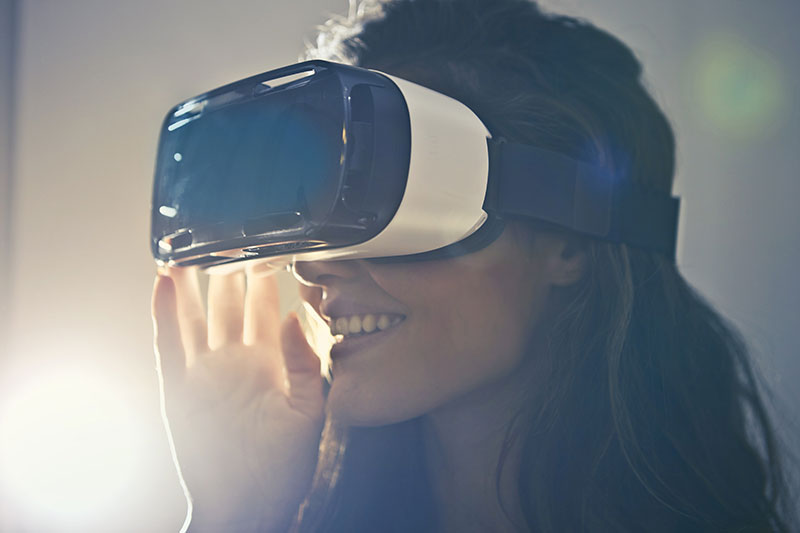Interior Glass Wall Specialists
Virtual Reality in Architecture

With innovations like multi-user technology and the possibility of virtual real time design on the horizon, virtual architecture may well make the concept of getting back to the old drawing board obsolete.

Today
Virtual architecture is not a new concept. In its present form, it basically allows designers and clients to experience spaces digitally before one stone is unturned. Members of the design team strap on eye-tracking headsets and navigate, using handheld controllers, through 3D models created by BIM software. The upside is stronger communication throughout the design process and less margin for error in the final product. At the moment, there is a downside. Participation in the virtual sensory experience is limited to one user at a time. But that is about to change.
Tomorrow
With multi-user virtual reality just around the corner, soon individuals from all over the world will be able to experience the same virtual space together. A group of designers, clients, and investors can discuss, draw, scale, break sections apart and advance the design project in real time. They won’t have to take off their goggles, remember their thoughts while the next person in line steps in.
Multi-user virtual reality will streamline the art of building design into a truly collaborative process that keeps all parties immediately in the loop and focused. Architectural firms can amass their best talent on a moment’s notice, without the cost and inconvenience of surmounting geographical barriers.
By facilitating what is essentially a fully staffed firm without walls, this updated VR tech can lead to better quality work, higher client satisfaction, and an increased trust that will promote long-standing client relationships.

Someday Soon
Though multi-user technology has exciting potential, it still only scratches the surface of virtual reality architectural design potential. For example, so far, VR allows us to observe the details of a design, but not alter them. In the not too distant future, virtual reality architectural software may enable the design of buildings in real time, virtually.
Imagine creating directly in VR rather than using external desktop hardware. Designers could literally see around walls and teleport into every nook and cranny. If a design detail was not working, they could fix it on the spot and instantly see a new total picture.
Much like Google Tilt Brush, which allows you to paint in a 3D, VR environment simply by rotating your wrist in the painting tool, a physically responsive design functionality could be the next giant leap in VR technology.
Going Forward
Not only is virtual reality in architecture changing the face of design, it is also dramatically altering the infrastructure of design firms. In the not too distant past, designers with interests in both architecture and technology were limited to pursuing one or the other.
Today with the merging of art and science, architectural firms are finding the need for a new breed of specially trained designers who can speak the language of cutting-edge technology and guide their firms into the future.
Read more about virtual reality in architecture here. Then, request a quote to explore design services with Avanti Systems for your project.
